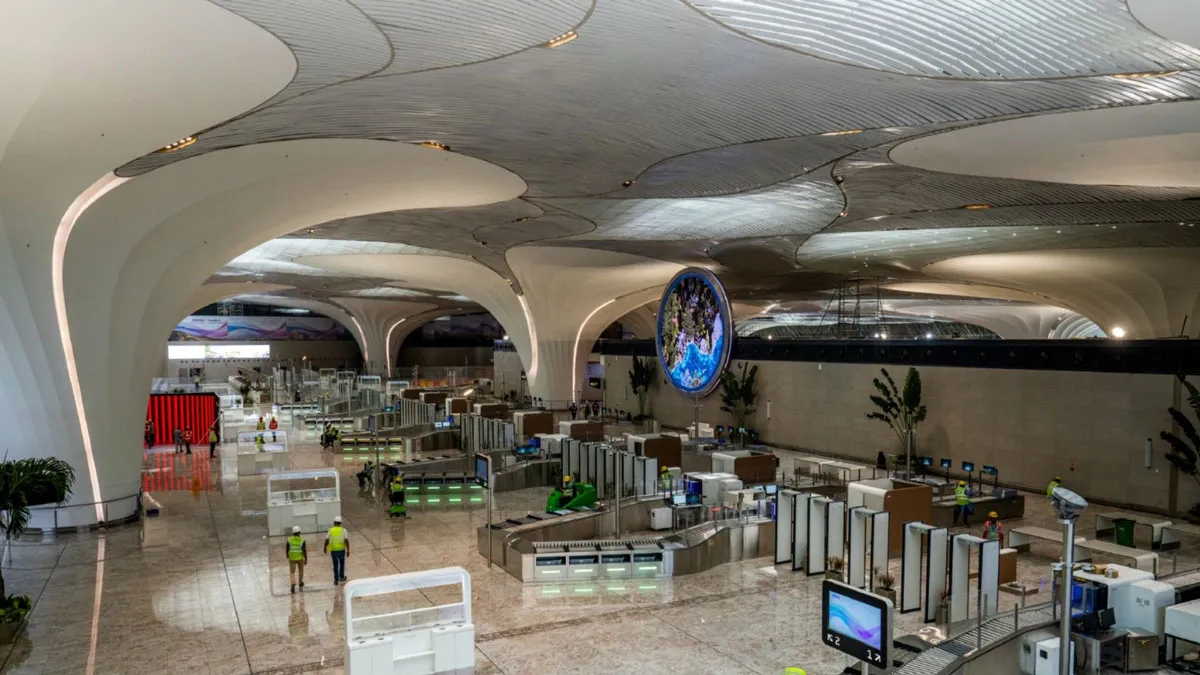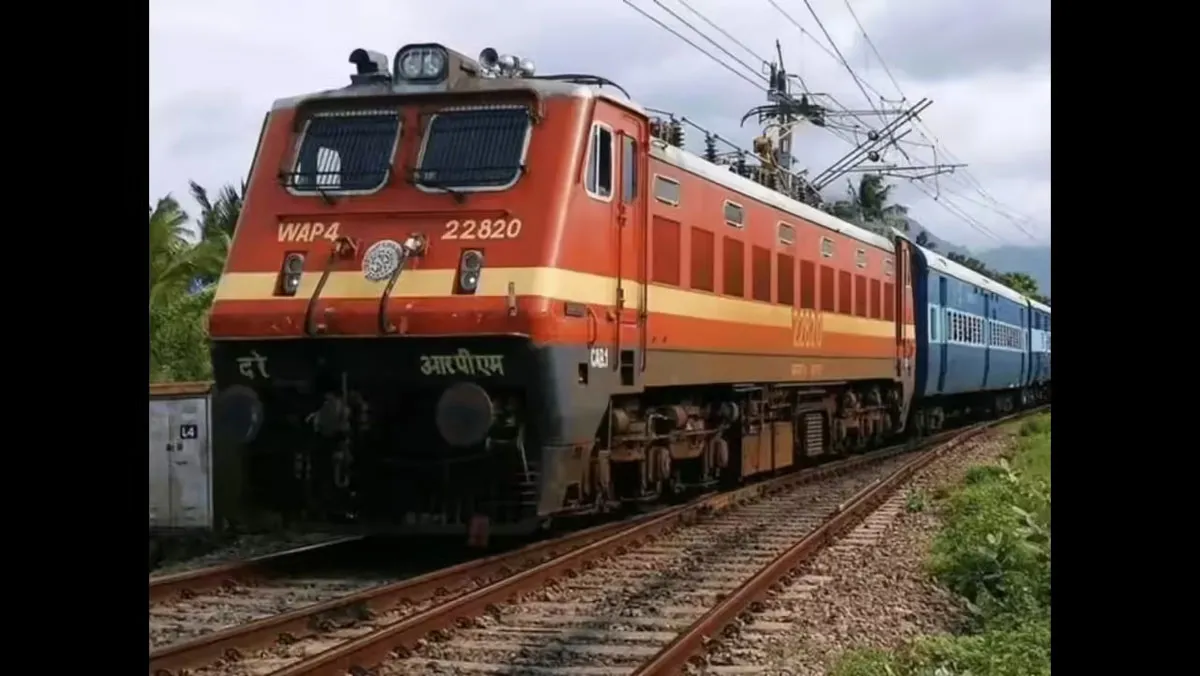'We have been actively involved in nation-building programmes,' says MD, IL&FS Transportation Networks
01 Feb 2018
6 Min Read
CW Staff
<br />
<p></p>
<p> Over the years, this powerhouse has emerged as a leading surface transportation infrastructure company and is widely recognised as the pioneer of public partnership in India's surface transportation sector. Karunakaran Ramchand, Managing Director, IL&FS Transportation Networks (ITNL), shares more on challenging projects successfully executed by the company and his views on the Bharatmala programme with <span style="font-weight: bold;">SHRIYAL SETHUMADHAVAN.</span></p>
<p><span style="font-weight: bold;">ITNL's growth:</span> Today, ITNL has evolved as a market leader in the transportation sector with 14,016 lane km under its BOT road assets portfolio comprising a mix of toll and annuity-based projects. We have been actively involved in nation-building programmes since early 2000 with a pan-India presence in 20 states with 30 road projects. </p>
<p><span style="font-weight: bold;">Execution-related challenges: </span>These have been more or less similar in urban road projects and highway projects. However, the challenges faced in our tunnel projects were different. Last year, we completed the landmark Chenani-Nashri tunnel project in Jammu and Kashmir, the longest road tunnel in Southeast Asia, which was a highly challenging endeavour. ITNL adopted multiple methods to overcome the geological challenges of the Himalayan region. We have built the best-in-class tunnel, the first of its kind in the country with a world-class integrated tunnel control system (ITCS) to ensure optimum safety of commuters and overcome any eventualities. Today, we are far more experienced and are undertaking works on three to four tunnel projects. Land acquisition will continue to be a challenge for infrastructure projects.</p>
<p><span style="font-weight: bold;">Landmark project: </span>As mentioned above, on April 2, 2017, Prime Minister Narendra Modi inaugurated Asia's longest and largest bi-directional road tunnel, Chenani-Nashri, on the Jammu-Srinagar National Highway. This tunnel, with a length of 9.2 km, has reduced the 30.11 km distance between Jammu and Srinagar, with a fuel saving of Rs 27 lakh per day. Building tunnels is always a tricky proposition; more so, when a tunnel is to be drilled through the Himalaya, a younger mountain still growing each year and making the terrain unstable. Not many companies world over have the technical expertise to bore through such challenging terrain to create an infrastructure marvel of such magnitude. We left no stone unturned in harnessing technology combined with our expertise to make it happen in record time. We did have our set of challenges. For instance, halfway to construction, the Australian contractor was bought over by a Spanish company, which in turn was bought over by a German conglomerate, which decided to exit India. IL&FS Transport - the implementation agency, part of the IL&FS Group - was left high and dry and had to mobilise resources and bring in additional capacity to take over project management. The successful completion of the project was the result of the hard work put in by the engineers, the implementation team and, most important, more than 2,000 workers, including junior engineers, deployed on site. More than 97 per cent of the workers used by IL&FS were picked up from local areas -many of whom had no prior experience of working on infrastructure projects - who were duly trained for the project.</p>
<p><span style="font-weight: bold;">Community engagement:</span> We engaged with the community right from the beginning; it participated in design, construction and was thereafter also employed in operational maintenance. The linkage between the community and the project is vital for scaling and externalising the benefits of investment. Throughout implementation, we enjoyed the full support of the community as they assumed a sense of ownership. Now, the trained workforce has mostly been absorbed into projects IL&FS is executing in other parts of the country; thus, their families are still being supported back home. The youth we picked up and trained for the Chenani-Nashri project had little or no means of livelihood earlier.</p>
<p><span style="font-weight: bold;">Road record: </span>Another noteworthy example is the execution of 1,052 km of state highways in Rajasthan in less than 22 months. The biggest problem that led to project delays in the past has been land acquisition, which not only delayed projects but escalated costs. In this case, everything, including land acquisition, designing, tendering, procurement, financial closure and construction, was completed in record time. In fact, the first stretch of 110 km was completed within 12 months and the rest at an even greater pace that not even China can match. In both examples mentioned above, the global standards in project implementation were met with ease to create global benchmarks.</p>
<p><span style="font-weight: bold;">The big opportunity:</span> Recent steps taken by the Central Government have helped revive projects in the roads sector. The Bharatmala project is the second largest highway construction project in the country since NHDP, under which almost 50,000 km of highway roads were targeted across the country. The main objective has been to improve connectivity particularly on economic corridors, border areas and far-flung areas to enable quicker movement of cargo and boost exports. </p>
<p>The plan for recapitalisation of state-owned banks may partly ease financing constraints for the roads sector.</p>
<p><span style="font-weight: bold;">Private-sector contribution:</span> The Bharatmala Pariyojana tries to optimise the efficiency of freight and passenger movement by bridging infrastructure gaps. The private sector will contribute significantly to develop, finance and participate in all interventions such as development of economic corridors, inter corridors and feeder routes, national corridor efficiency improvement, border and international connectivity roads, coastal and port connectivity roads and greenfield expressways.</p>
<p> To share your views, write in at feedback@ConstructionWorld.in</p>




















